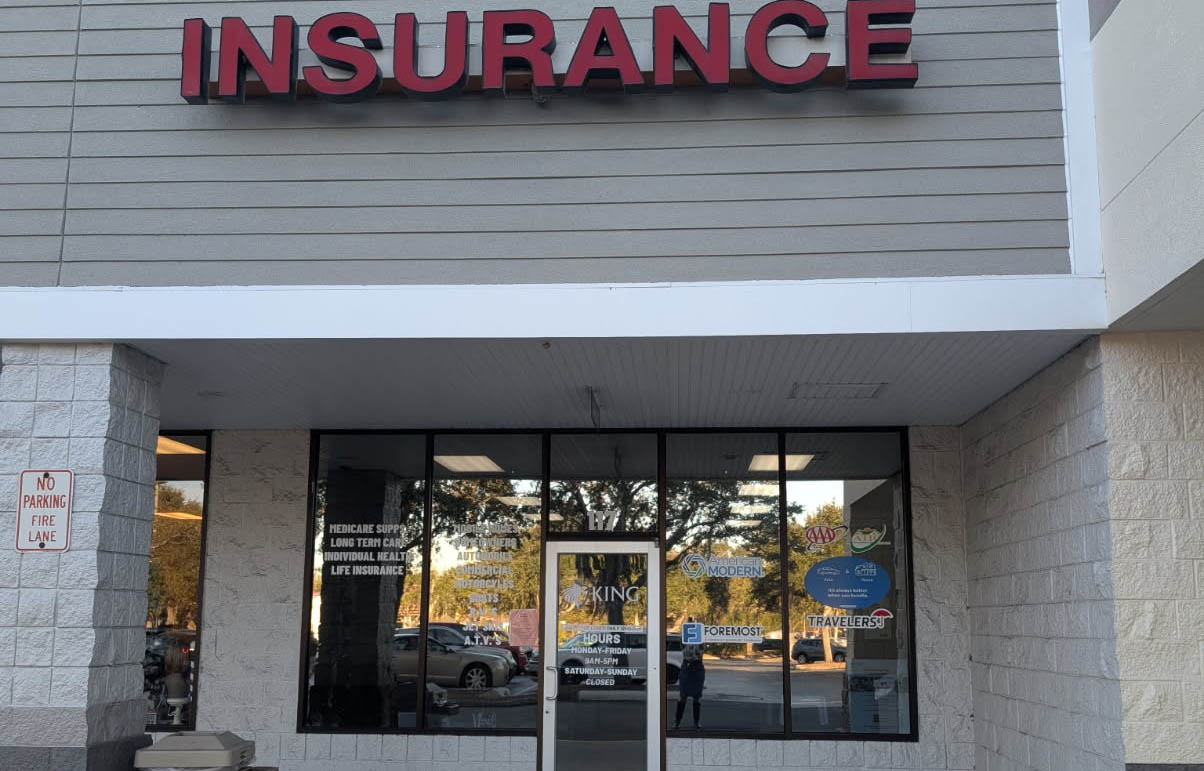The Housing Stability and Tenant Act of 2019 - by Andrew Dansker

Marcus & Millichap
The Housing Stability and Tenant Protection Act of 2019 which was passed by the NYS legislature on June 11th caused a seismic shift in the NY housing market. While the intention of the sponsors, ostensibly the alleviation of the ills of NY’s chronically under-supplied housing market, and the efficacy of their chosen remedy, might be debated, the one thing that cannot be is that everyone with even a tenuous connection to the NY real estate market will feel the impact of this legislation. Lenders and borrowers who are party to mortgages backed by NYC multifamily assets must assess a variety of factors that will now impact their investments.
The first issue which lenders and borrowers now face is that any assumption that they made in the underwriting of their loans which relied on the deregulation of units is now, almost universally, incorrect. Thankfully, the NY marketplace had moved away from significant volumes of loans predicated upon projected cash flows which relied on destabilization of occupied rent controlled and rent stabilized units well prior to this legislation. Less fortunately, it was, up until the passage of this law, acceptable practice to underwrite to projected rents based on the deregulation of units that were already vacant or subject to a surrender agreement. In addition to these assumptions which have been rendered false, the related assumption regarding the recapture of the difference between preferential rents and legal rents is now also relegated to the dustbin.
While loans assuming deregulation were more specialized, loans which rely on steady cash flow over time were almost universal. The vast majority of loans which were written in the past five years in NY (and, because five-year loans are the most common for local savings banks, therefore the majority of the currently extant loans in the marketplace) were underwritten to a maximum size based on in-place cash flow. The new underwriting which has not been digested must assume declining cash flow for buildings with all regulated or majority regulated units. It is a likely outcome of this legislation that for those buildings income will not grow apace with inflation, or expenses. While it will become economically inefficient to pursue non-primary resident eviction cases against tenants, at what rent level will it now be inefficient to pursue an eviction for non-payment? In a similar vein, at what ratio of disrepair to stabilized rent level does it make sense to warehouse a unit that becomes vacant? It is conceivable that the income levels of buildings in the next few years will diverge from the projections made less than a month ago.
The most tenuous thread leads to tenants who will struggle to pay their rents because they were previously employed as: Lawyers doing non-primary eviction/purchase/financing work, painters/plumbers/carpenters/electricians doing apartment turnover work, title agents insuring purchase and refinance closings, sales brokers selling stabilized buildings, rental brokers leasing apartments, supply house owners/managers/cashiers providing renovation materials and all of the many others that were involved in the marketplace which was built around deregulation.
Not only will they face a loss of income, but if they live in free-market apartments, their rents will surely rise as the supply of new free-market units falls.
Lastly, the most direct consequence that lenders and owners must grapple with is the pure destruction of equity as capitalization rates in the marketplace shift to reflect the new dynamics. A simple shift from a 4% capitalization rate valuation to a 6% capitalization rate valuation will move a 60% loan-to-value loan to 90% loan-to-value. For lenders this will mean higher loan reserves and lower profitability. This also means a significant danger of defaults. For borrowers this may mean significant refinancing risk as they may, for the first time in many years, be facing loan-to-value constraints when they seek to refinance at loan maturity.
The legislation which has been passed has dramatically reshaped the value, cash flow, and operating assumptions for rent stabilized housing in NYC. Every individual with exposure to the rent stabilized marketplace must now reassess their position. Particularly for the lending community, underwriting standards must be adjusted to reflect the new paradigm. Loan portfolios are going to need to be reviewed for risk exposure across the board. The extent of the shakeout will all depend on where cap rates settle in the next few months.
Andrew Dansker is first vice president of finance at Marcus & Millichap, Manhattan, N.Y.
Delisle and Monahan of Island Associates lease 45,000 s/f to Giunta’s Meat Farms at Strathmore Commons


Lasting effects of eminent domain on commercial development - by Sebastian Jablonski

Strategic pause - by Shallini Mehra and Chirag Doshi

Behind the post: Why reels, stories, and shorts work for CRE (and how to use them) - by Kimberly Zar Bloorian









.jpg)

.gif)